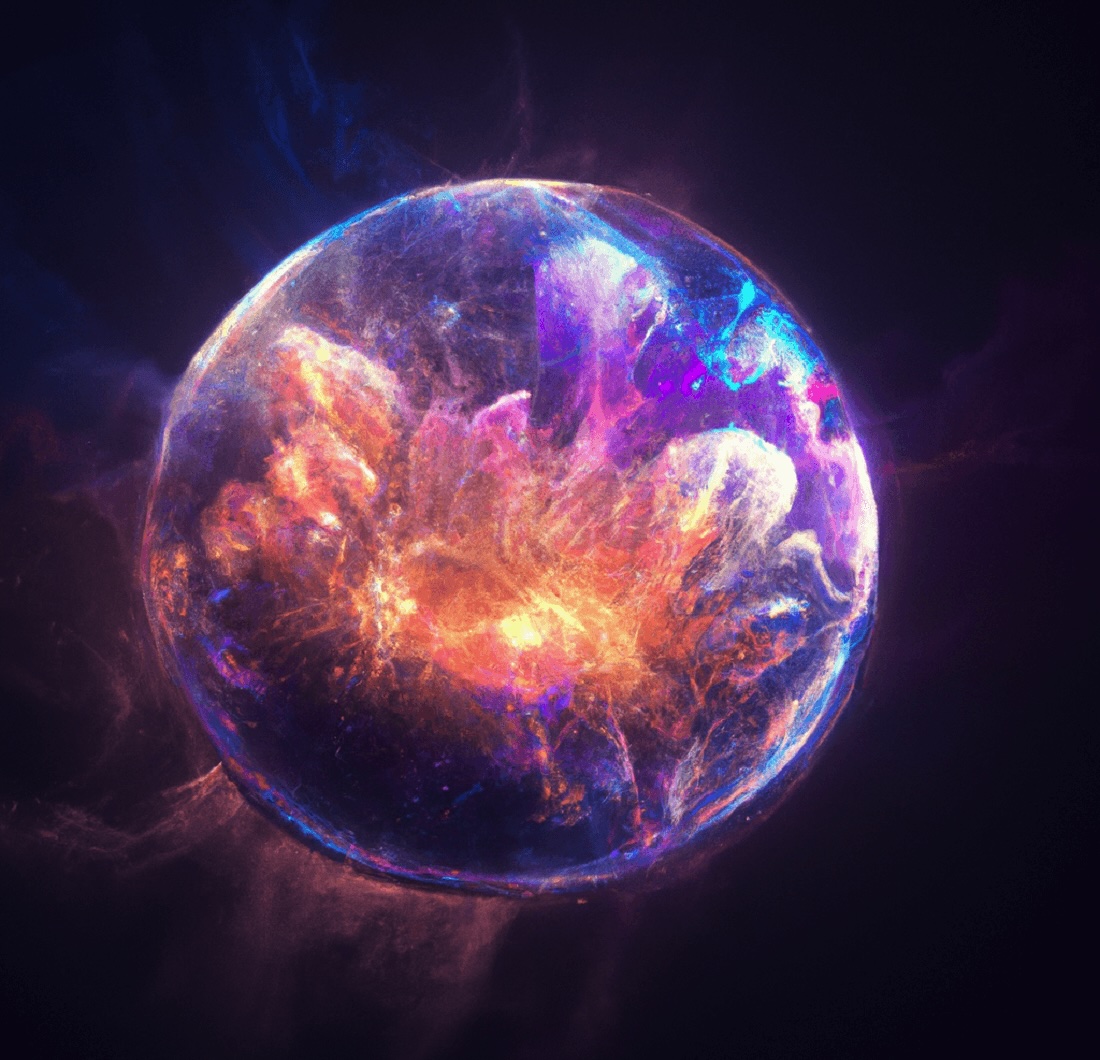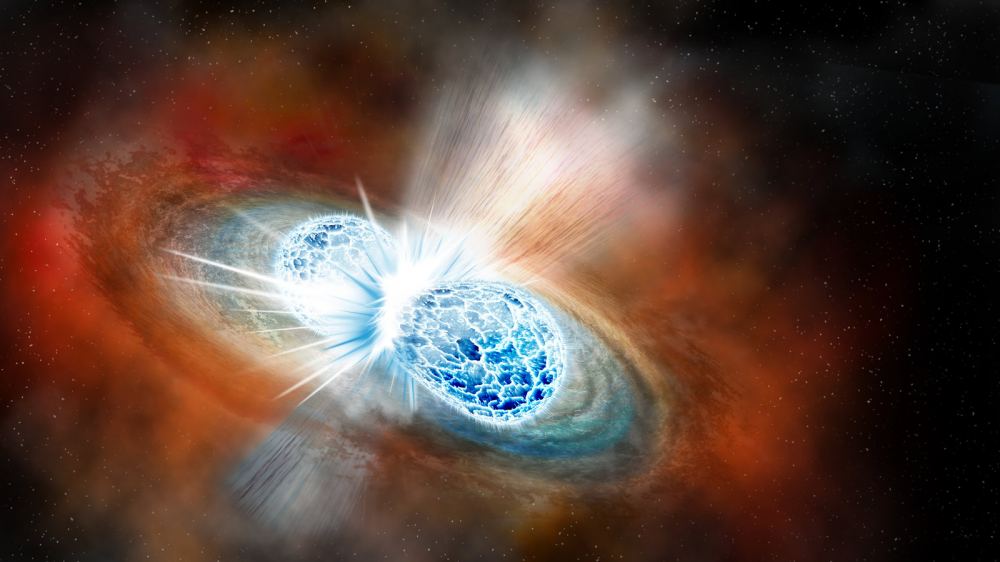It’s a classic statement shared at many public outreach events…’we are made of stardust’. It is true enough that the human body is mostly water with some other elelments like carbon which are formed inside stars just like the Sun. It’s not just common elements like carbon though for we also have slighly more rare elements like iodine and bromine. They don’t form in normal stars but instead are generated in collisions between neutron stars! It poses an interesting question, without the neutron star merger event; ‘would we exist?’
Continue reading “Could We Live Without Kilonovae?”How Dangerous are Kilonovae?
When we look up at the sky on a particularly dark night, there is a sense of timelessness. We might see the flash of a meteor, and occasionally a comet is visible to the naked eye, but the cold and distant stars are unchanging. Or so it seems. There can also be a sense of calm, that despite all the uncertainty of the world, the stars will always watch over us. So it’s hard to imagine that light years away there could be a lurking event that poses an existential threat to humanity. That threat is extremely tiny, but not zero, and it is the focus of a recent paper published in The Astrophysical Journal.
Continue reading “How Dangerous are Kilonovae?”JWST Confirms the Formation of Heavy Elements in a Kilonova

A recent study published in Nature investigates recent observations from NASA’s James Webb Space Telescope (JWST) and ground-based telescopes of heavy elements within the ejected material of a recent gamma-ray burst (GRB), classified as GRB 230307A, that was likely produced by a kilonova with GRB 230307A being designated as the second-brightest GRB ever detected. The heavy element in question is the chemical element tellurium, which is classified as a metalloid on the periodic table. However, scientists also hypothesize that the element iodine, which is a requirement for most of life on the Earth and classified as a reactive nonmetal, could also exist within the kilonova’s explosion, with both elements residing side-by-side on the periodic table.
Continue reading “JWST Confirms the Formation of Heavy Elements in a Kilonova”How Close is Too Close to a Kilonova?
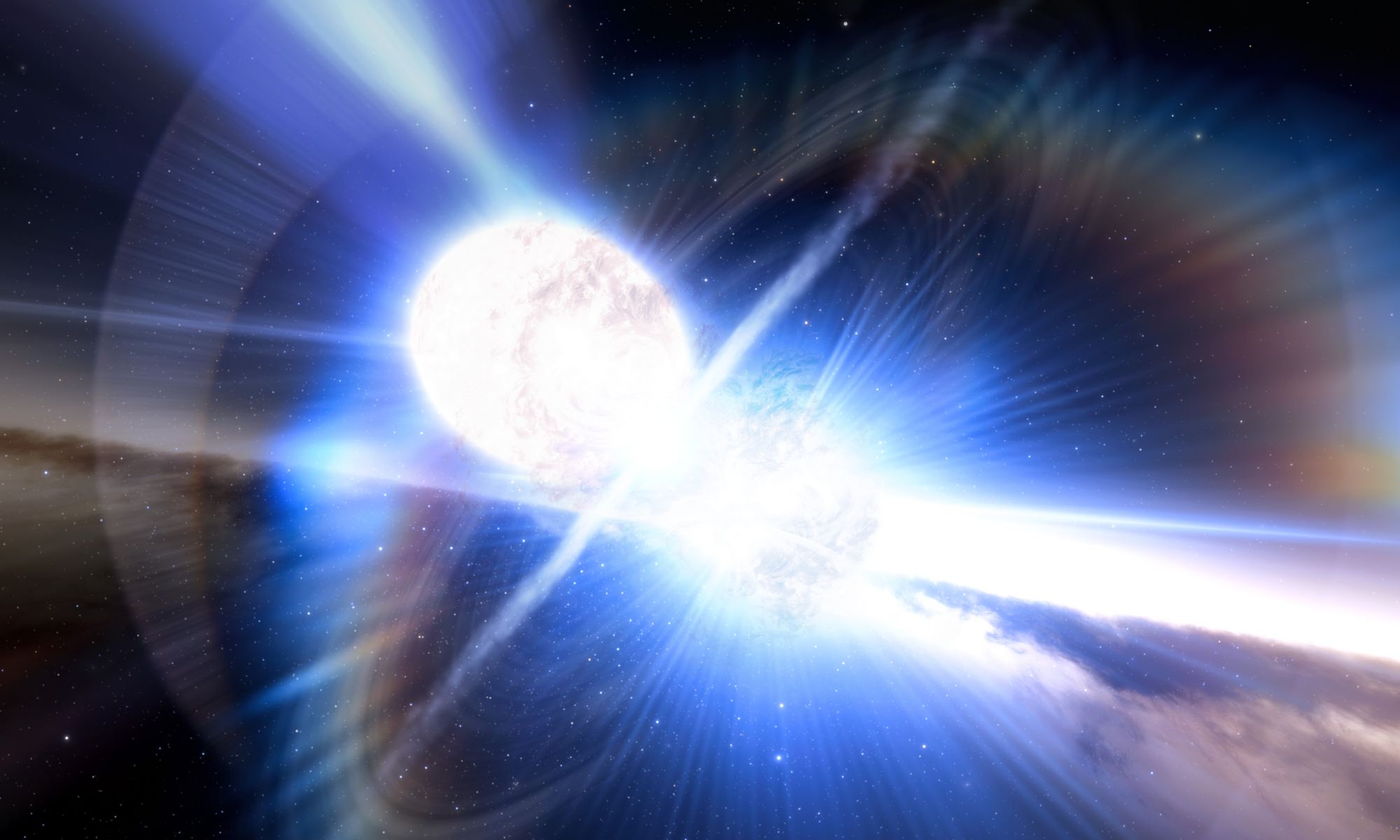
Cataclysmic events happen in the Universe all the time. Black hole mergers, supernovae, gamma-ray bursts, and a whole host of others. Most of them happen in distant galaxies, so they pose no threat to us. But there are a few that could affect life on Earth, and a couple could even pose an existential threat. One of these threats is known as a kilonova.
Continue reading “How Close is Too Close to a Kilonova?”A Kilonova Simulated in 3D
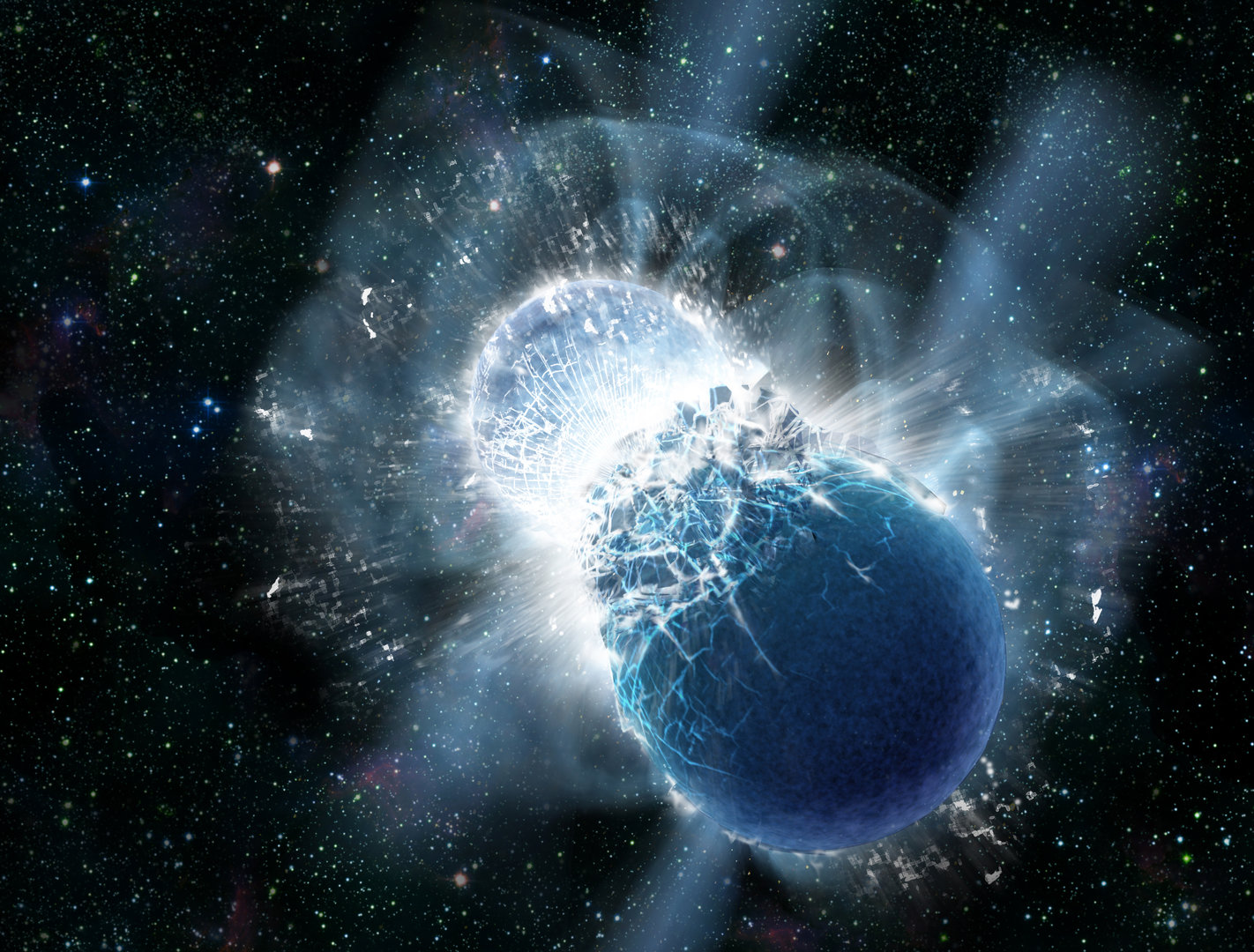
In 2017, astronomers detected gravitational waves from colliding neutron stars for the first time: a kilonova. Enormous amounts of heavy metals were detected in the light from the explosion, and astronomers continued to watch the expanding debris cloud.
Researchers have continued to study this event. Now, using a three-dimensional computer simulation, they have created a new recreation of this merger — second by second, as it happened — giving insights into all the high-energy mayhem and heavy elements formation in this catastrophic event.
Continue reading “A Kilonova Simulated in 3D”Colliding Neutron Stars Could Help Measure the Expansion of the Universe
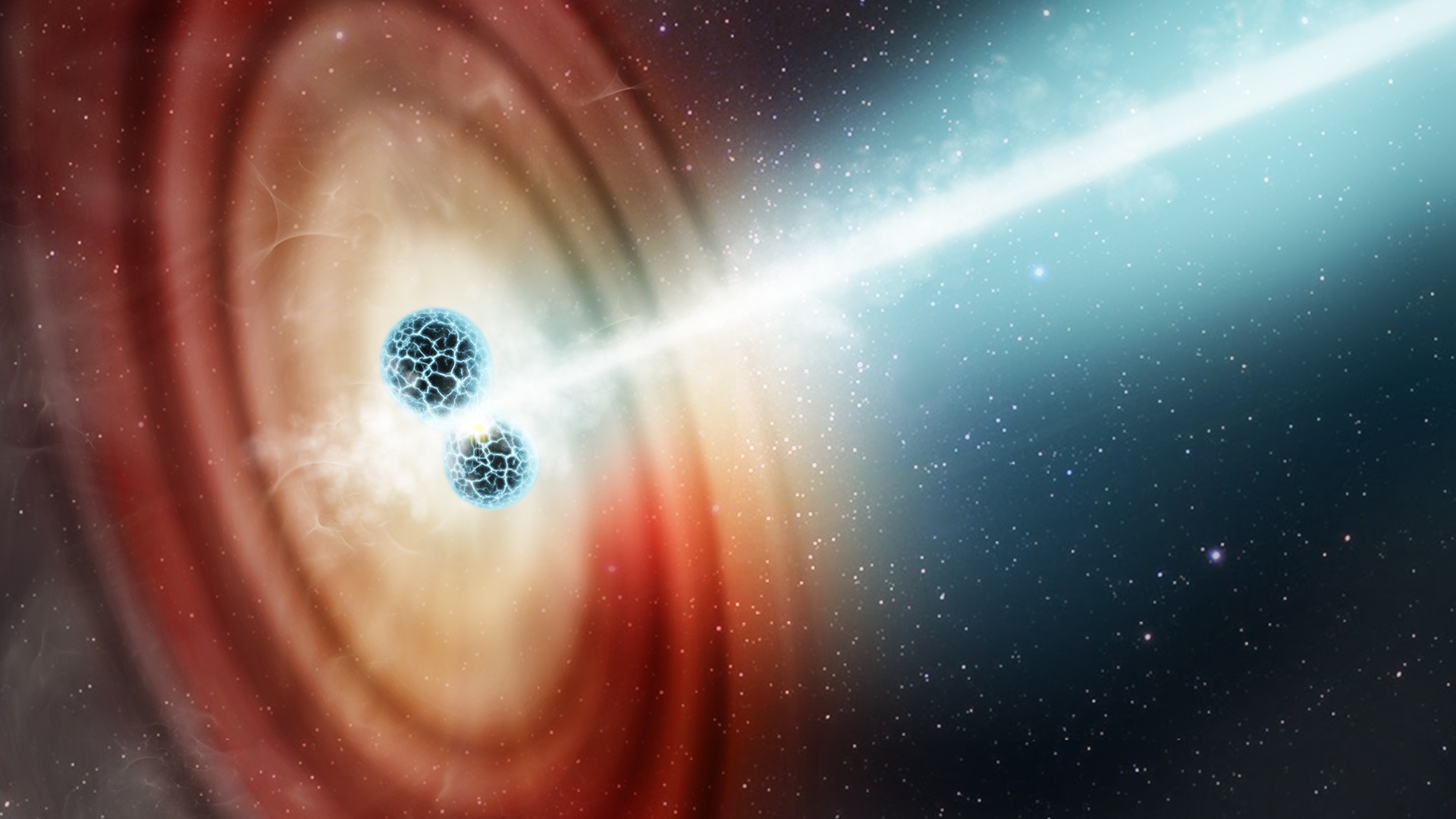
According to some in the astrophysical community, there has been something of a “Crisis in Cosmology” in recent years. Though astronomers are all aware that the Universe is in a state of expansion, there has been some inconsistency when measuring the rate of it (aka. the Hubble Constant). This issue arises from the Cosmic Distance Ladder, where astronomers use different methods to measure relative distances over longer scales. This includes making local distance estimates using parallax measurements, nearby variable stars, and supernovae (“standard candles”).
They also conduct redshift measurements of the Cosmic Microwave Background (CMB), the relic radiation left over from the Big Bang, to determine cosmological distances. The discrepancy between these two methods is known as the “Hubble Tension,” and astronomers are eager to resolve it. In a recent study, an international team of astrophysicists from the Niels Bohr Institute suggested a novel method for measuring cosmic expansion. They argue that by observing colliding neutron stars (kilonovae), astronomers can relieve the tension and obtain consistent measurements of the Hubble Constant.
Continue reading “Colliding Neutron Stars Could Help Measure the Expansion of the Universe”The Expanding Debris Cloud From the Kilonova Tells the Story of What Happens When Neutron Stars Collide
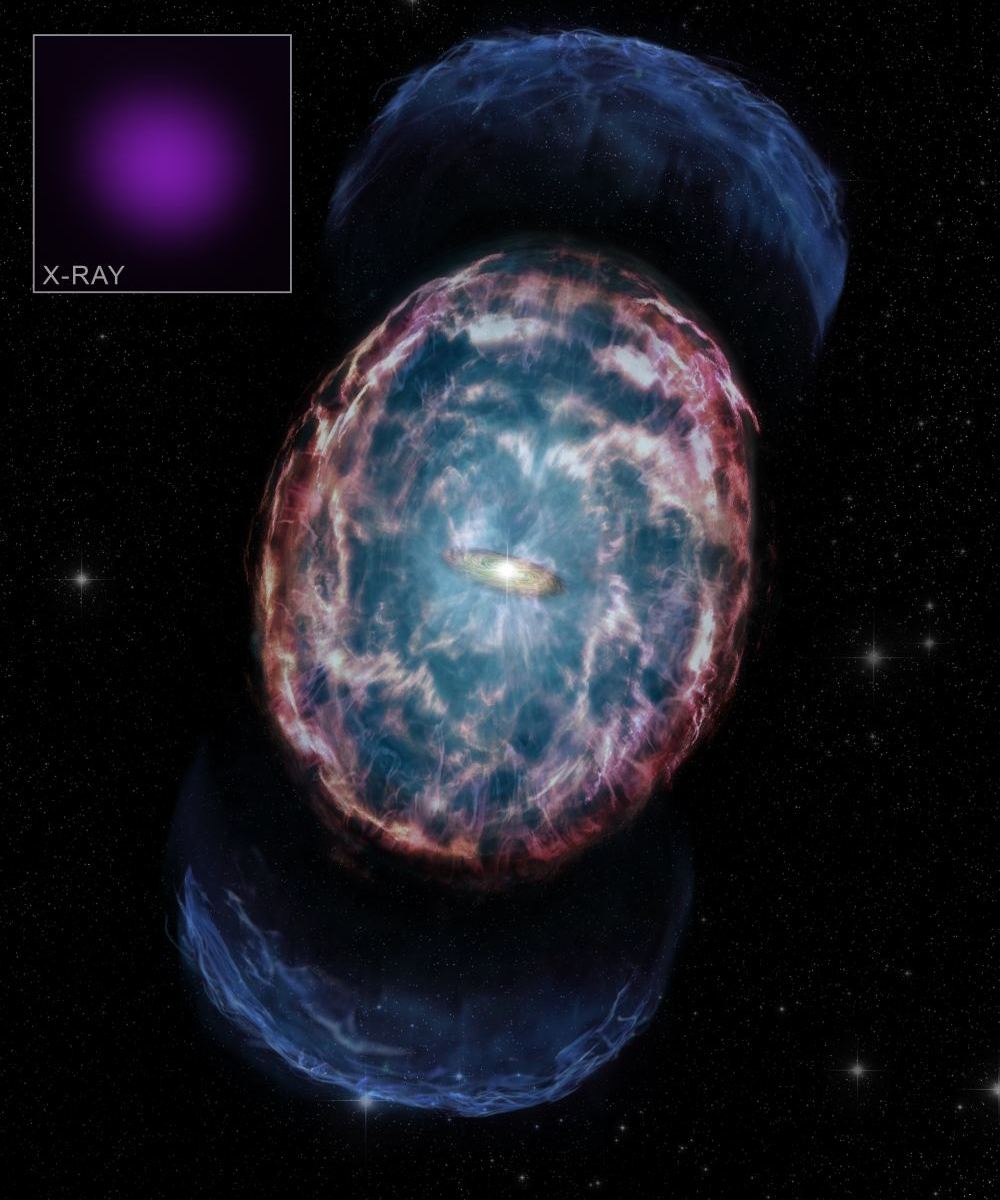
When two neutron stars collide, it creates a kilonova. The event causes both gravitational waves and emissions of electromagnetic energy. In 2017 the LIGO-Virgo gravitational-wave observatories detected a merger of two neutron stars about 130 million light-years away in the galaxy NGC 4993. The merger is called GW170817, and it remains the only cosmic event observed in both gravitational waves and electromagnetic radiation.
Astronomers have watched the expanding debris cloud from the kilonova for years. A clearer picture of what happens in the aftermath is emerging.
Continue reading “The Expanding Debris Cloud From the Kilonova Tells the Story of What Happens When Neutron Stars Collide”New Simulation Shows Exactly What’s Happening as Neutron Stars Merge
Neutron stars are the remnants of massive stars that explode as supernovae at the end of their fusion lives. They’re super-dense cores where all of the protons and electrons are crushed into neutrons by the overpowering gravity of the dead star. They’re the smallest and densest stellar objects, except for black holes, and possibly other arcane, hypothetical objects like quark stars.
When two neutron stars merge, we can detect the resulting gravitational waves. But some aspects of these mergers are poorly-understood. One question surrounds short-lived gamma-ray bursts from these mergers. Previous studies have shown that these bursts may come from the decay of heavy elements produced in a neutron star merger.
A new study strengthens our understanding of these complex mergers and introduces a model that explains the gamma rays.
Continue reading “New Simulation Shows Exactly What’s Happening as Neutron Stars Merge”It’s still possible to detect the site of the 2017 kilonova explosion

It’s been over a thousand days since the historic kilonova observation, and yet the region continues to emit X-rays, long after models predicted they should have faded away. What’s going on?
Continue reading “It’s still possible to detect the site of the 2017 kilonova explosion”Astronomers See Strontium in the Kilonova Wreckage, Proof that Neutron Star Collisions Manufacture Heavy Elements in the Universe

Astronomers have spotted Strontium in the aftermath of a collision between two neutron stars. This is the first time a heavy element has ever been identified in a kilonova, the explosive aftermath of these types of collisions. The discovery plugs a hole in our understanding of how heavy elements form.
Continue reading “Astronomers See Strontium in the Kilonova Wreckage, Proof that Neutron Star Collisions Manufacture Heavy Elements in the Universe”
